House System
The House system aims to give students an identity and sense of pride in a supportive, secure environment. The Houses provide for positive competition and a closer rapport between students and teachers. They also aim to help students to adapt the culture of School.
We place a high value on learning about working as a team and the benefits of good behaviour, so the School House
We place a high value on learning about working as a team and the benefits of good behaviour, so the School House
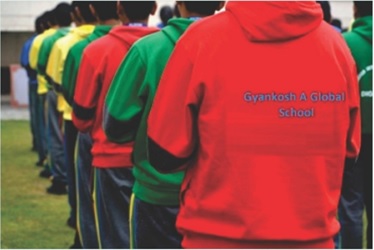
1. CHARAKA HOUSE:
Named safter Rishi Charaka, who was borne 5000 years ago and is considered as the father of ancient Indian science of medicine famously known as "AYURVEDA" . He was considered the first-ever physician to preface the idea of digestion, metabolism, and immunity. He elaborated in his book Charaka Samhita, the body functions because it comprises three dosha or principles, namely movement (vata), transformation (pitta), and lubrication & stability (kapha).
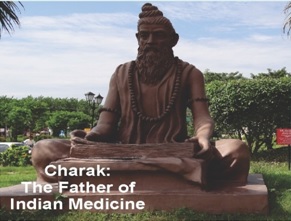
2. SUSHRUTA HOUSE:
Sushruta was an ancient Indian scientist, physician, and father of surgery. He was famous for his book "Susruta Samhita". He investigated human anatomy with the help of a dead body. In his book, he mentioned over 11 00 diseases including fevers of 26 kinds, jaundice of 8 kinds, and urinary track complaints of 20 kinds. In the above classic book, he has also described & mentioned more than 760 plants and its various parts such as roots, bark, juice, resin, flowers, etc. as remedies. He is considered as one of the greatest and ancient Indian Surgeon who performed various complicated surgeries including that of EYE CATARACT.
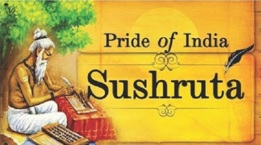
3. NAGARJUNA HOUSE:
Nagarjuna was a metallurgist and alchemist born in the 10th century in the village of Daihak near Gujarat. The main aim of his experiments was to change base elements into gold, just like the alchemists do in western society. His dedicated research for twelve years produced maiden discoveries and inventions in the faculties of chemistry and metallurgy. Textual masterpieces like "Ras Ratnakar", "Ashraya" and "Rasendramangal" are his renowned contributions to the science of chemistry.
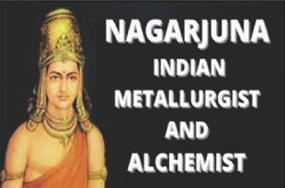
4. KANADA HOUSE:
Kanada, also known as Maharshi Khand was an ancient Indian natural scientist and philosophe r who founded the Vibhishana school of Indian philosophy that also represents the earliest Indian physics. His birth name was Aulukya. He got the name Kanad because even as a child, he was interested in very small particles called "kana". He formulated the theory of atoms 2500 years before John Dalton's discovery. Kanada was walking with food in his hand, breaking it into small pieces when he realized that he was unable to
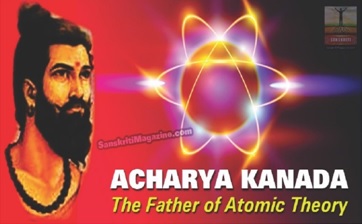
According to Acharya Kaneda an object at rest tends to stay at rest and object in motion tends to stay in motion with the same speed and in the same direction unless acted by an unbalanced force. Acharya Kanada discovered the Laws of motion first even before Newton. The great Acharya had described in Vaisheshika Sutra in 600 BCE the relation between force and motion.